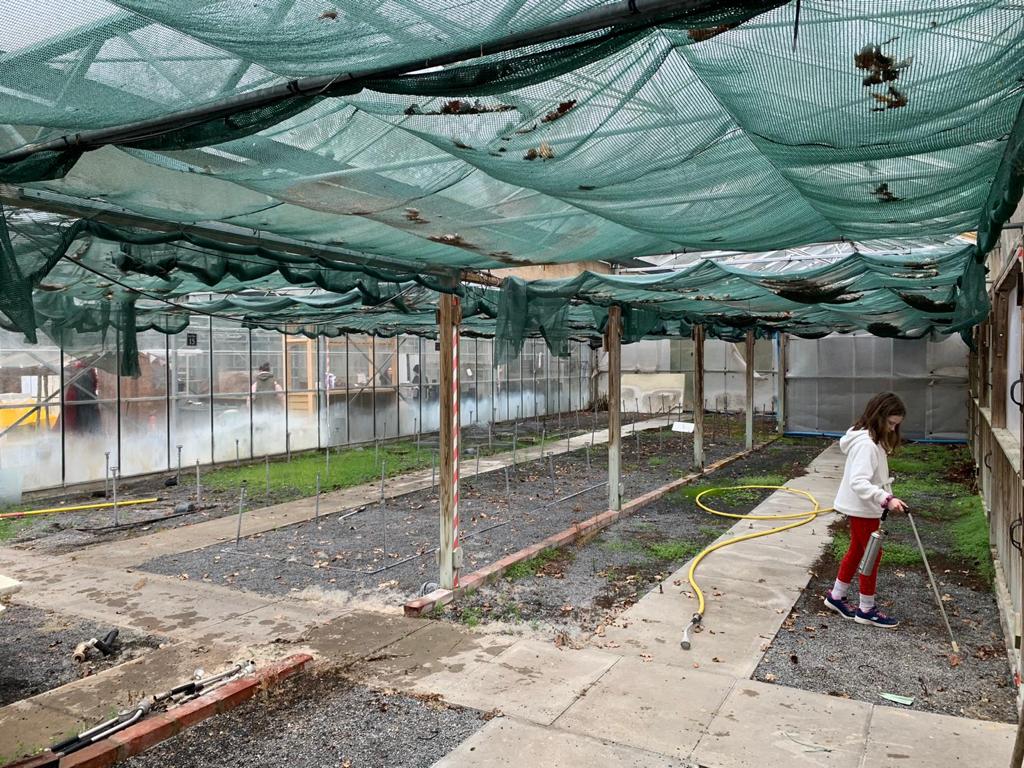Sal, Nuthurst Community Allotment, Feb 2021
We had the pleasure of welcoming David and Chris from the local Parish Mag (The Link) to the Allotment today. Despite the wind and rain, we had a photo op outside and a bit ‘o filming inside. We all took turns to blather on about our plans for future allotment expansion and what we have done so far on site. We were ever so slightly excited to share our thoughts and now I can only imagine the team at The Link will be hunched over the editing table in an attempt to make us sound coherent! No, no, only jokes, I think we got our point across rather well. The lens was trained on Jonathan (the original brains behind the whole shebang) and Angus (the owner of the land and the other brain….in fact there are a few brains but you get the idea) who took turns explaining when the idea started and how we are going about putting it into action.
Every member of our crew got to introduce themselves and explain why they wanted to be involved in the project. The team have been working so hard over the past two months to get the site ready for planting….and we can smell Spring in the air. Here’s a shot of us all standing in the rain holding various gardening-type implements. Obvs.

Nearly the entire original crew were on site for the action, (the action consisting of pretending to rake the soil in the background while the camera was rolling) only Suzi was missing; she is our incredible Membership Secretary and Sponsorship….ummm Manager who has managed to secure us multiple lorry loads of top soil from two lovely local businesses (see our Sponsorship page).
Anywho, the team at The Link are writing up a double spread for the March edition and they will be uploading a video to the online version of the publication. Please give it a watch and then tell us how much you enjoyed it….but mainly, get in touch and tell us you were so inspired by our words that you simply HAD to get involved. We would like that a lot.
Until next time….










